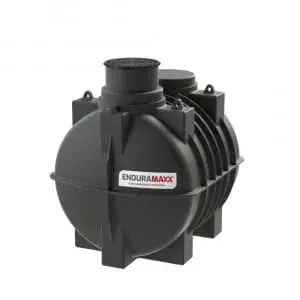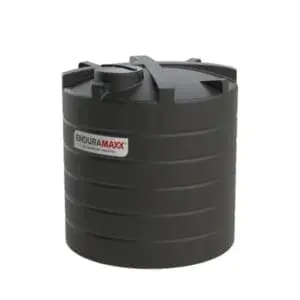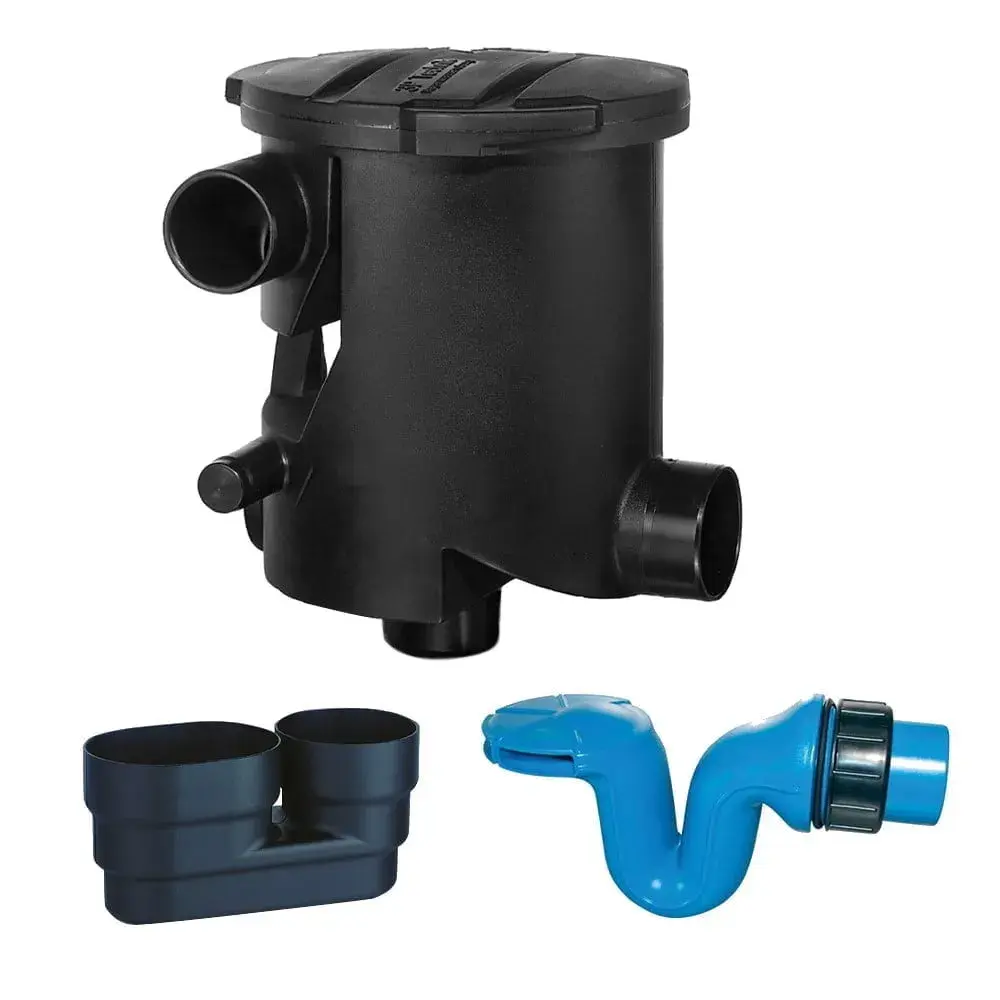Rainwater harvesting is one of the methods we have available to collect and use our water efficiently and with minimal environmental impact. There is an increasing global awareness of its effectiveness. In this article, we will look at the global situation, then what is happening in the UK and finally, how we can all help in the home.
The Global Statistics
The global population is increasing, and by 2050 it is calculated that there will be 9 billion people. You can see the up-to-the-minute statistics here. Agriculture needs to increase production by 75% to feed everyone – but agriculture already uses 75% of our water supplies.
Seas are drying up in part because of misuse of available water resources.
The Caspian Sea
The Caspian Sea is our largest inland body of salty water, yet it has been shrinking at a rate of 3 inches a year for the past 20 years, probably due to evaporation caused by global warming and higher temperatures.
The Aral Sea
The images of the shrinking Aral Sea are frightening – and this was caused, in part, by diverting two major input rivers into a canal system to irrigate cotton field on a huge scale.
Rainwater harvesting is sustainable and could ease this burden and lead to less poverty in many areas of the world.
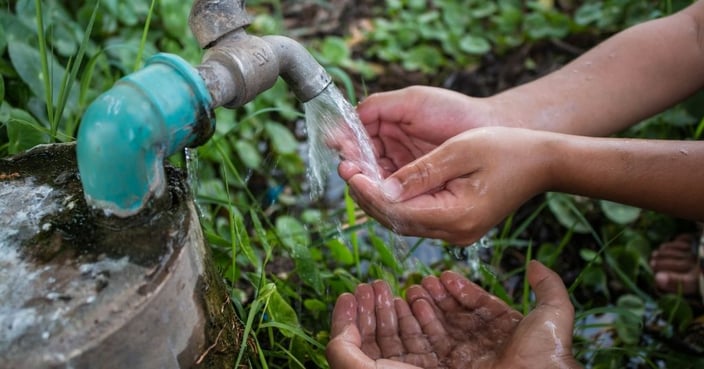
Where Can We Use Rainwater?
The rain that falls on roofs is collected in drains that lead to storage tanks, where it stays until it can be used – or sometimes leadoff for further treatment to make it potable. Usually, there is a filter to trap moss and leaves, and depending upon where the storage tank is, pumps may be needed to raise the water.
The collection methods might be a simple water butt in the garden under a downspout where the water is used as it comes to irrigate the garden, to vast systems for industrial and agricultural use.
The rainwater can be used for many purposes where pure drinking water is not required. These include:
- landscape maintenance, greenhouse irrigation
- outdoor cleaning – yards, machinery and vehicles
- flushing toilets at home or on commercial premises
- washing laundry – soft water gives softer clothes and linens
- operating mechanical heating and cooling equipment that use water
- dust suppression in industries such as stonemasons or in quarries
After the rainwater has been collected, it is stored in a tank, sometimes underground, and then pumped up to a higher tank from whence the water flows out as needed under gravity. The high-level tank can be replenished continually or intermittently, and the water used as needed or saved until a drought occurs. This will reduce pressure on the mains water supplies.
Even allowing for installation costs and maintenance rainwater harvesting is economical.
Factors to consider when you install a rainwater harvesting system.
Is your roof suitable?
To get the best results from rainwater harvesting, a new roof that is clear from leaves and moss will collect water the best. A shallow pitch roof will allow for a more effective collection of water.
The gutters?
Guttering and downpipes are used to transport rainwater from the roof to your rainwater harvesting tank. It’s best to prevent contaminants (leaves, moss, twigs etc.) from entering the rainwater storage through the use of a rainwater filter.
Filters?
A rainwater filter can be used to stop leaves from entering the tank, and an overflow is recommended for the tank when it’s full. These rainwater filters are spec’d for the area of the roof its collecting water for a small domestic house or shed to a large agricultural building.
Protect from insects
Drain heads, inlets and overflows require a screen to be fitted.
First flush water diverters
These prevent the first and most contaminated water from entering the tank, and they are essential.
Rainwater Harvesting on the Farm
All types of farming can benefit from having a reliable source of water in times of water shortage. Agriculture uses huge amounts of water at a cost – and rainwater is almost free. The water quality is excellent for the plants, suitable for hosing down machinery and cleaning the yard. Where it is used to water animals, further treatment might be needed to clear the water of any pathogens, but this can be provided as an integral part of the system.
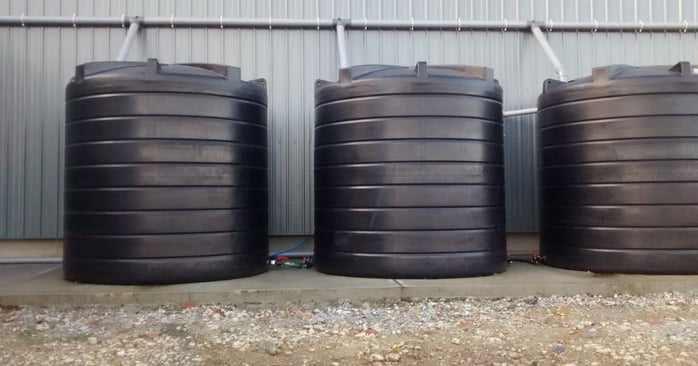
Commercial Rainwater Harvesting in the UK
Rainwater harvesting for the industry makes good ecological and environmental sense. Many commercial enterprises could cut their water bills by up to 50%, as well as having a backup store or water in case of periods of water shortage or extra demand.
By 2050, England may experience severe water shortages. According to the Environmental Agency, We use 20 trillion gallons every day, and with a population growth of almost 10 million, forecast demand will increase. And climate change is not helping!
We had the driest May in 2020 since records began, and rainfall was only 17% of normal in some areas. Reducing reliance on the mains supply by having a store of safe water would be reassuring. And for many of the industrial processes, rainwater is quite satisfactory.
An office block could use harvested rainwater for flushing the toilets. Cooling and washing use a great deal of water, and water-hungry industries such as paper and plastic production could- for part of their system use harvested rainwater; it takes 6,000 litres of water to produce one pound of cotton! You can see the hidden water use in various industries here.
Benefits of Harvested Rainwater in Industry
- Reduced water bills. These are rising year on year. And likely to continue to rise.
- Wasted roof space can be used productively. (The larger the site the quicker the returns.
- Softer water is gentler on machines. Hard water may cause a build-up of limescale in pipes and corrode machinery.
- The Enhanced Capital Allowance Scheme provides funds where efficient water technologies are in operation.
When do You Need a Water Abstraction-Licence?
No license is needed under the following conditions:
- The rainwater is not mixed with water from any other source.
- It is not harming the environment. You cannot take so much that you deplete the groundwater level below safe levels. How much rainwater you can take is described in the Water Framework Directive and measured by flow indicators.
- It is not interfering with the flow of water in the catchment area.
- The water is not discharged into any inland water system.
The Environment Agency will have up to date information about the condition you need to comply with.
Storage Tanks for Harvested Rainwater.
Our plastic rotationally moulded one-piece tanks are the ideal tanks for harvested rainwater.
We have a large range with capacities up to 90,000 litres. Underground, low-profile or vertical tanks to suit your needs. Portable bowser tanks are also available.
Select Your Tank
Where will you place it, how big should it be and what material is most suitable. Enduramaxx produces high-quality plastic rainwater harvesting tanks, in a range of sizes and shapes that are ideal for the storage of water. You will need to assess the rainfall and it is usually recommended to store 3 month’s supply to prevent shortages in dry spells.
Work Out The Fittings Required
Pumps, pipes, valves, lids and other fittings need to be chosen.
Maintenance
Some maintenance will be required so you need to schedule it in and service the system regularly. You may be advised to register your rainwater harvesting system with the local council.
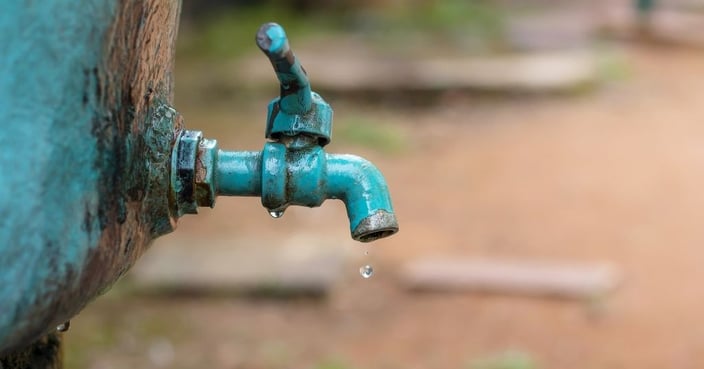
What we can do to conserve water in our homes?
The first step is to find out where you are – how much you use and whether you have any leaks. So, we should check our water bills and compare them with our previous water usage, or. If you have a meter, see whether it is showing use when everything has been turned off for an hour. (And remember you are paying for mains water lost through leaks.)
Here are the commonest leaking points:
Dripping taps
You can lose over 20 gallons a day from a gently dripping tap! Save money with a new washer!
The sneaky leak
It can be hard to find some leaks – behind cupboards or skirting boards. But damp rooms get mould, and this can affect your health, especially if you have asthma or arthritis.
The toilet
We flush away over a quarter of our water – over a quarter of our cost in mains water – yet rainwater is ideal for toilet flushing – and it is free. All it requires is a good filter so the water is not discoloured by debris that might block the valves.
Check for a leak by putting a little food colouring in the toilet water tank – if it comes out into the bowl before flushing – then you have a leak. Even a modest leak can set you back by £50 per month. To reduce the amount of flush you can buy devices to put in the toilet water tank or make your own with a weighted plastic bottle with the lid well screwed tight.
Washing and watering
Rainwater is ideal for washing clothes – it is soft, and your clothes will feel softer to the touch. No limescale to block up shower heads either. Note that for rainwater to be potable it might need treatment, but your plants will drink it up avidly since it is clean and does not contain chemicals such as chorine – and hey – it is free as well! Hundreds of litres of drinkable water are poured onto our gardens every year, yet in some countries, rainwater might be the only source of safe drinking water.
Why use costly mains water for washing your car? Using a hose costs you around10 litres a minute, even a bucket holds 15 litres of water. Rainwater would do the job just as well. And as for garden ponds – rainwater is best since it is free from mains water chemicals, natural, clean and soft since it has not run through the earth and picked up calcium carbonate.
So, you can wash your car and your yard with rainwater. Even better, during a drought, you will have a supply of stored rainwater you can draw on – and your lawn might stay green, legally.

Systems in the home and garden
Your rainwater collection system can be a simple as a butt to catch the rainwater from your greenhouse roof, or you can install a more complex system to collect and store the rainwater in tanks in your loft or under the ground, together with the necessary pumps and pipework to go with it. Once your system is installed you have a store of clean water to back up your mains supply.
You will be saving money but almost more important you will be doing your share of saving the environment and conserving the mains water supply, together with all the energy costs of its transport. That mains water can go elsewhere where it is needed.
Is it worth harvesting rainwater?
Global warming is happening, right now. The earth is drying up, as demonstrated by the shrinking Caspian Sea. Water is vital, without it we cannot survive. And even in the UK water shortages do occur and will increase in future years.
We need a sustainable and ecological way of collecting and using our water. Rainwater harvesting is one of the ways we can conserve our precious but not infinite supplies. It can be adapted to use in agriculture, in industry and commercial site, and in our homes.
Catching the rain before it disperses into the ground not only supplies us with clean water, uncontaminated by ground minerals but also saves on transport costs and energy usage. It makes ecological and economic sense.
But the collection of rainwater does have to be done right. And there are rules we need to comply with to safeguard our ecosystems and prevent aquafers from drying up and safeguarding water supplies for our grandchildren.
Harvesting rainwater
Harvesting rainwater is sustainable and has a low environmental impact. It stores water for use in periods of drought, it reduces the risks of flooding and reduces energy costs in the transport of mains water and there are situations where rainwater may even be better suited.
Utilising our rainfall efficiently can contribute to eking out the shortages of water elsewhere, and maybe helping the attainment of human rights everywhere, where children no longer need to die from drinking contaminated water.
How Enduramaxx can help you choose the right tanks and fittings:
Our on-site visits allow you the opportunity to discuss your specific needs with our knowledgeable staff. They can assess your locality, add up the costs and tell you the likely savings. Their detailed knowledge can advise you as to the best system for your requirements, and make the necessary arrangements. One thing they will also do is to tell you if, in their opinion, you will NOT benefit from installing a rainwater harvesting system.
We have years of experience and highly trained staff to assist you, site visits to give you on the spot advice can be arranged by ourselves or by rainwater harvesting system installers we work with. We have all the necessary equipment you need to harvest rainwater, from the water butt on the garden to huge industrial, quarry or agricultural complexes. We know our way around the rules and regulations – and we can help you calculate the costs and RIO of rainwater harvesting for your application.
Rainwater harvesting – a sustainable solution for a sustainable future – have a look at our range of rainwater harvesting tanks or give us a ring on 01778 562810 for further information.
References
Posts By Topics
- Blog (303)
- Chemical Storage Tanks (118)
- Chemical Dosing Tanks (114)
- Chemical Tanks (114)
- Water Tanks (58)
- Rainwater Harvesting Tanks (43)
- Vertical Rainwater Tanks (31)
- Vertical Storage Tanks (31)
- Cone Bottom Tanks (19)
- Conical Cone Tanks (18)
- Rainwater Harvesting (17)
- Water Bowsers (15)
- Horizontal Tanks (14)
- Potable Water Tanks (13)
- Farming (9)
- Case Studies (8)
- Industrial Storage Tanks (7)
- Liquid Fertilser Storage Tanks (6)
- WRAS Approved Potable Tanks (6)
- Wine and Beer Production (6)
- Horizontal Transport Tanks (5)
- Microbrewery (5)
- Rainwater (5)
- Category 5 Break Tanks (4)
- Cider Production (4)
- Mixer Tanks (4)
- Molasses Tanks (4)
- Polyethylene tanks (4)
- Rainwater Filter Kits (4)
- SPECIALIST & BESPOKE TANKS (4)
- Bunded Tanks (3)
- Slimline Tanks (3)
- WRAS Approved (3)
- Clarification Tanks (2)
- Crosslinked Polymer Tanks (XLPE) (2)
- Fertiliser Tanks (2)
- Sump Tanks (2)
- Tank Installation (2)
- Water Butt (2)
- underground water tanks (2)
- ACCESSORIES & FITTINGS (1)
- ATV & UTV SPRAYING UNITS (1)
- Above Ground Effluent Tanks (1)
- Bespoke Tank Frames (1)
- Category 5 Turret (1)
- Caustic Soda Tanks (1)
- Closed Top Bunded Tanks (1)
- Craft beer (1)
- Effluent Tanks (1)
- Enduramaxx (1)
- Ferric Chloride Tanks (1)
- Fire Safety Regulations (1)
- Fire Sprinkler Water Storage Tanks (1)
- Industrial Water Tank (1)
- Open Top Bunded Tanks (1)
- Open Top Cone Tanks (1)
- Open Top Vertical Tanks (1)
- Polyethylene Potable Water Tanks (1)
- Polyvinylidene Fluoride (PVDF) Tanks (1)
- Polyvinylidene Fluoride Tanks (PVDF) (1)
- Pressure Washers (1)
- Pro Series Spot Sprayers (1)
- RWH (1)
- Sodium Hydroxide Storage Tanks (1)
- Sprayer Fill-up Tanks (1)
- Uncategorised (1)
- liquid fertiliser tank (1)
Sign up to the newsletter
enduramaxx.marketing
Related Posts
Why We Need More Water Storage Solutions For a Sustainable Future
With more people becoming aware of their environmental impact and how it affects the planet, they...
How Can Sustainable Water Treatment Help With The Environment?
According to the UN, safe drinking water is one of the most endangered natural resources on the...
Summer Water Saving Solutions: Embrace Water Tanks for Sustainability
Summer 2022 was one of the hottest and driest on record on the UK, and another ‘warmer than...
Related Products
From £1,080.00 inc. VAT
£900.00 exc. VAT
From £1,344.00 inc. VAT
£1,120.00 exc. VAT
From £768.00 inc. VAT
£640.00 exc. VAT
£480.00 inc. VAT
£400.00 exc. VAT



